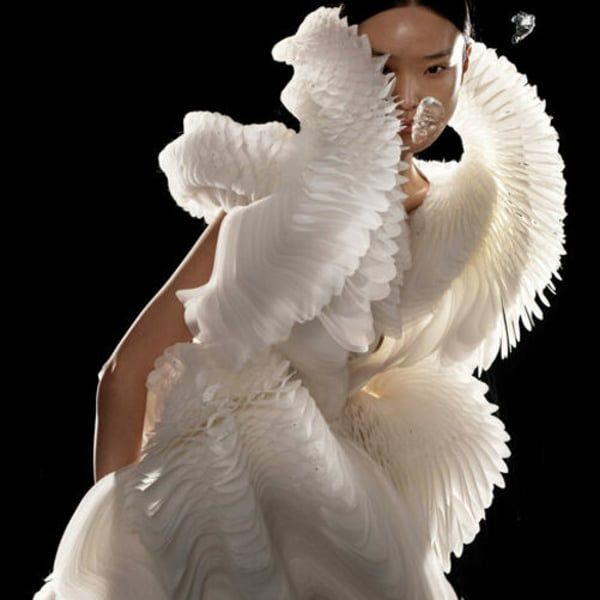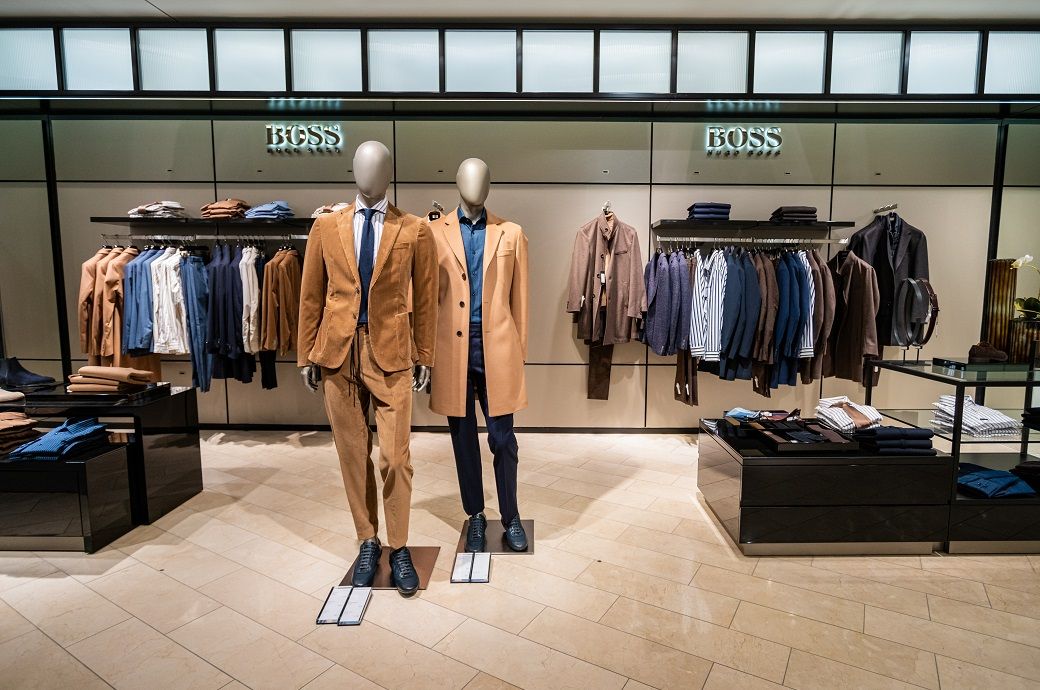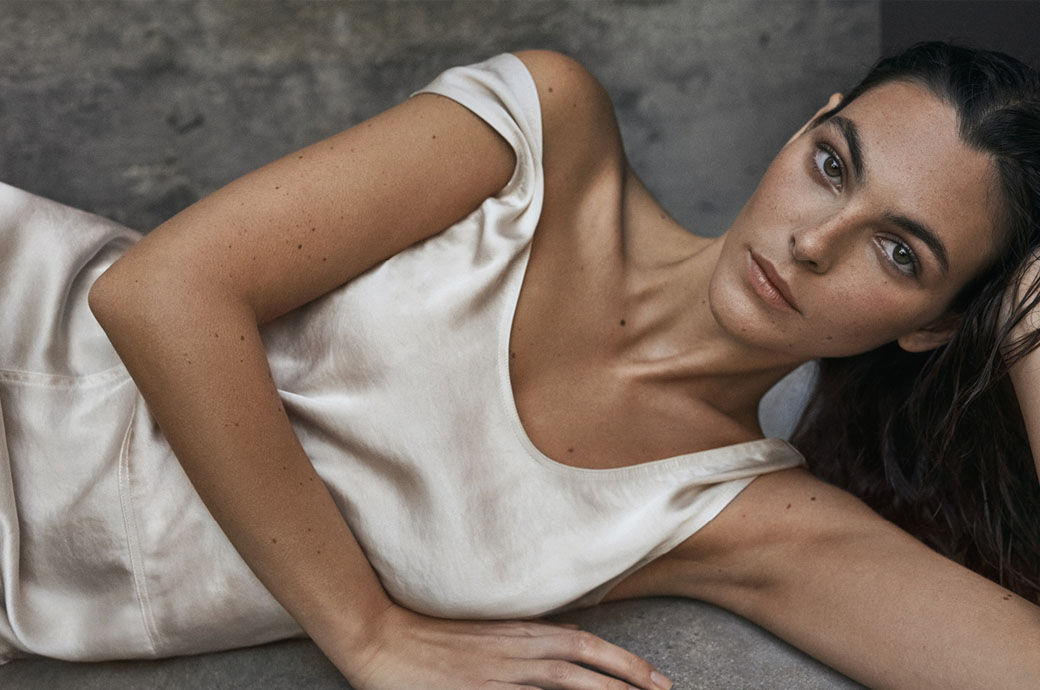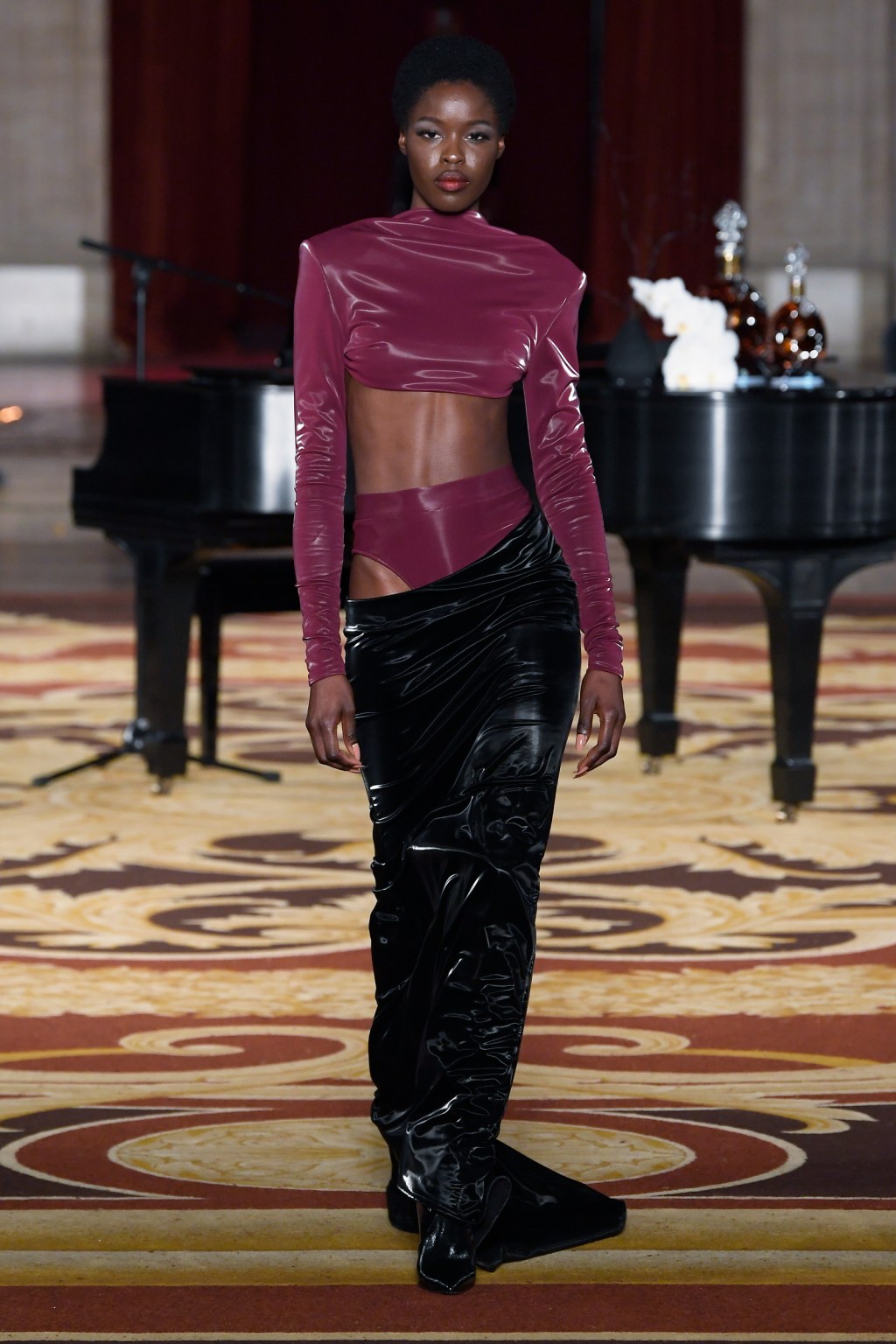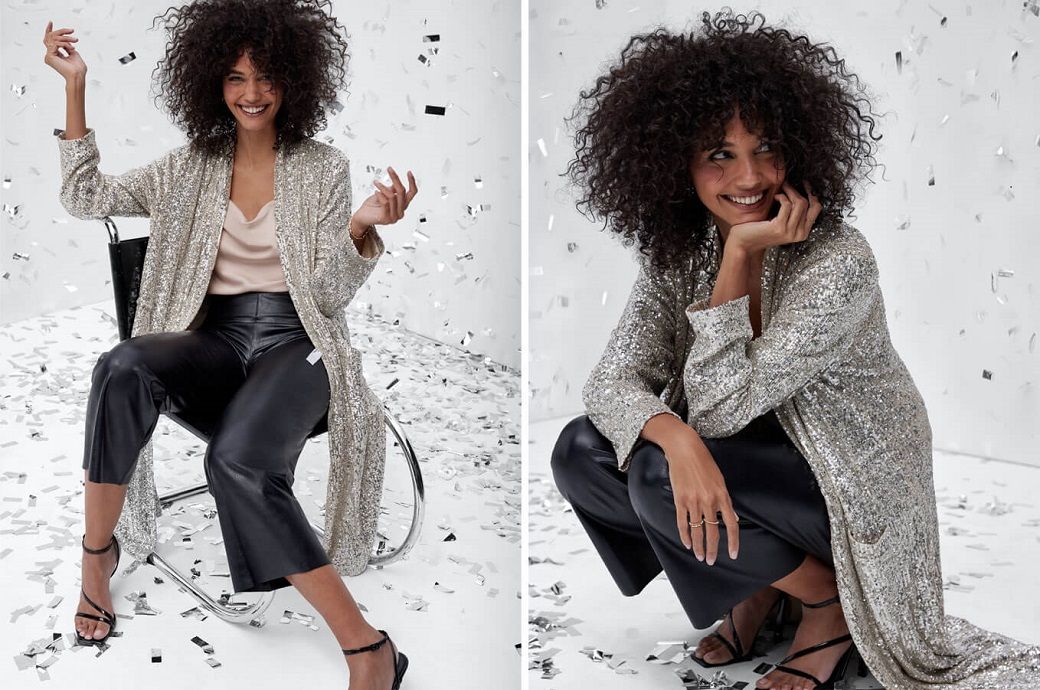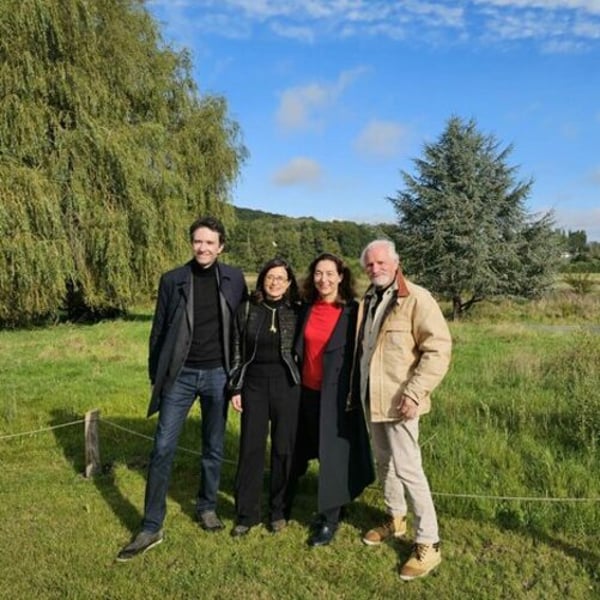Mylar, acrylic, silicon, banana leaf fibers, eco-leather, thermogypsum polymers, polyurethane, glass organza and komon koubou are not fabrics that one naturally associates with haute couture, but they are the raw materials of a sensational new exhibition' Iris van Herpen: Sculpting the Senses' which opens this Wednesday in Paris.
Van Herpen is far from a household name, although her extraordinarily rarefied, ephemeral and technologically advanced couture ensures that she is widely regarded as one of the most original creators of contemporary fashion.
Iris is too young (only 39 years old) to win a retrospective at the Museum of Decorative Art (MAD), a wing of the Louvre on rue de Rivoli. But she certainly deserves it, after such a meteoric career. She was born in 1984 in Wamel, a small town in the south of Holland; she studied at the art college in Arnhem; She worked for Alexander McQueen and opened her own house in 2007 in Amsterdam.
In 2011, while still 27 years old, she was invited to join the Chambre Syndicale in Paris, beginning a series of brilliantly beautiful and fascinatingly unexpected collections and shows presented in Paris.

Why always in Paris?
“Paris is the heart of haute couture. It is the history of couture and the future of couture,” van Herpen told FashionNetwork.com.
Van Herpen fashion is a constantly evolving body of art, where technological innovations, 3D printing, chemistry, dance, performance art and improbable fabrications come together to create a truly unique interdisciplinary language.

His biomorphic creations almost seem to have a life of their own, as if they have slipped to cover the subjects who wear them. Its aesthetic is diametrically opposed to fast fashion: rarefied couture most often seen on concert stages, red carpets or arthouse films.
Plus, you can create with classic couture fabrics, like the ensemble of silk organza, duchess satin, and tulle seen on a jaw-dropping low-cut dress worn by Jennifer Lopez. From the same 'Sensory Seas' 2020 collection, Lady Gaga wore a dress made with cascading waves of PETG, or thermogypsum polymer, and glass organza.
“I have been working on this project for two years. It is an incredible honor, it is such an iconic place, I feel very proud to be here. Technology and nature are integrated into the work. Technology is part of nature and can “They influence each other positively and negatively. “I try to focus on the positive side,” explained the Dutch couturier.
Revealingly, the exhibition places multiple perspectives on the artists, the ways of life and the shells that inspired them. From Wim Delvoye's nautical and architectural neo-conceptualist sculptures seen alongside Iris' mini bone-shaped Nautilus cocktail, to the brilliantly gothic 3D-printed polyamide and copper Robe Cathedral, made in collaboration with Isäie Bloch and later acquired by the Museum of Groninger.

While a molded bubble of silicone and microfiber Robe Radiography sits in front of a haunting cast of an almost radioactively dissolving R-Evoluzione statue of human faces by Italian artist Enrico Ferrarini.
Are you an artist or fashion designer?
“Both, I can't separate them. I think fashion can be an art form that can truly transcend you. An element that I think is overlooked. My work is very focused on human metamorphosis. I think that fashion and art can have that power to make you look at the world differently,” she concluded.
'Iris van Herpen: Sculpting the Senses' will be open at MAD from Wednesday, November 29, 2023 to Sunday, April 28, 2024.
Copyright © 2024 FashionNetwork.com All rights reserved.

